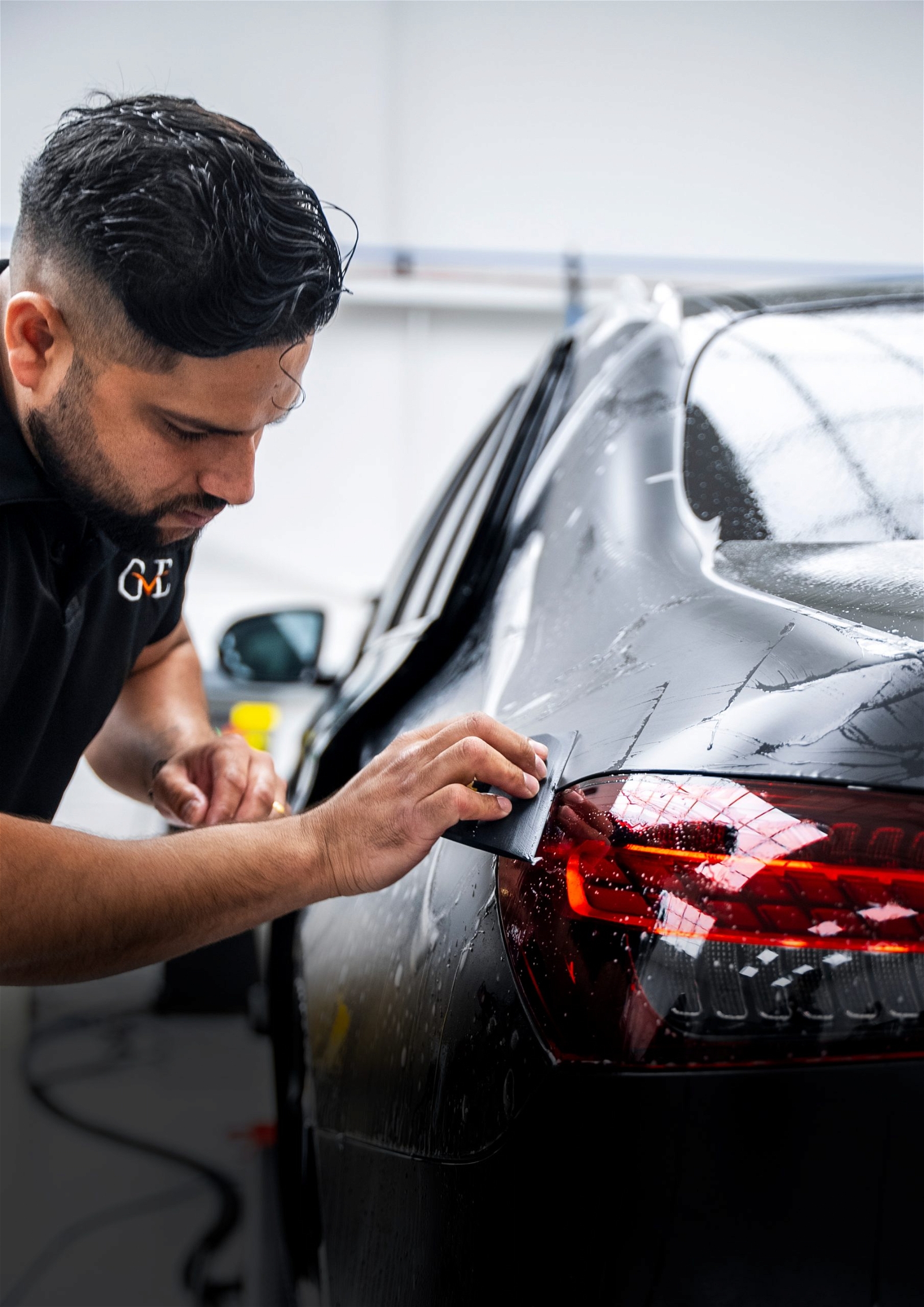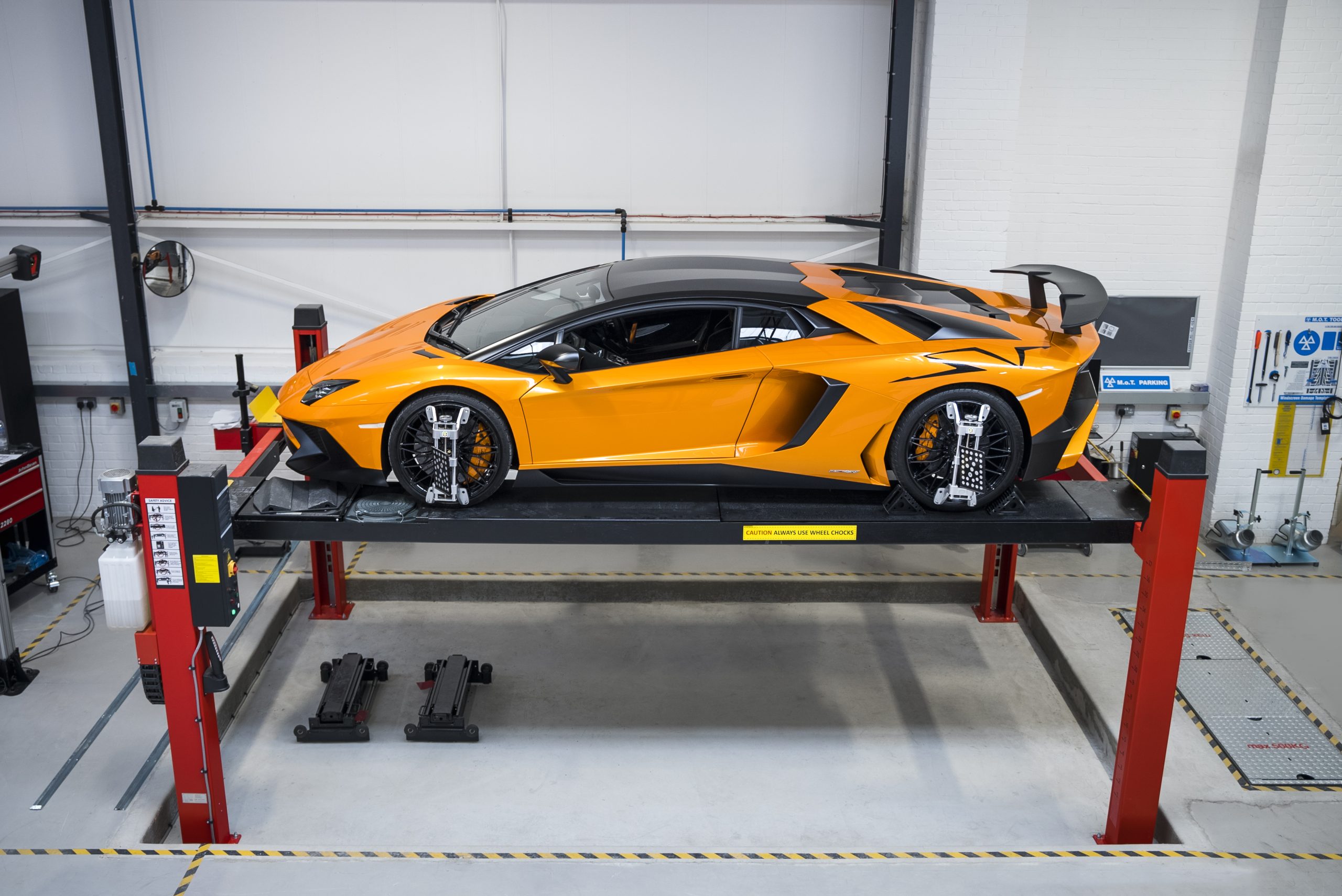
2016 McLaren 570GT review
What is it?
McLaren Automotive will chalk up three profitable years out of a six-year car-making career in 2016 and is apparently in the mood to branch out. Because, besides supercars, hypercars, racing cars, track specials and limited-edition automotive collectors’ pieces, it now also makes grand tourers. Enter the new £154,000 570GT – the McLaren in which to cross continents.
There are grand tourers and grand tourers, of course. Being part of the British car maker’s entry-level ‘Sports Series’ family of models and having a mid-mounted engine, a carbonfibre tub and room for two occupants only, the 570GT is evidently a junior supercar with a grand touring bent – and emphatically not the other way around. It’s ostensibly a slightly prettier, richer, more practical, comfortable and refined take on the 570S, a car whose lightness, big-hitting performance and effortless handling dynamism it shares in almost equal quantities.
Inside the engine bay is the same twin-turbo 3.8-litre V8 as the one that powers McLaren’s entire production range in one slightly altered form or another, making 562bhp and 443lb ft of torque in this case – exactly what the 570S comes armed with. Driving the rear wheels through a seven-speed dual-clutch automatic gearbox, that’s enough to put the GT within a couple of tenths of a second of the 570S in acceleration to both 62mph and 124mph – the GT weighing less than 40kg more than its sister car if you option it up just so.
Accounting for that extra weight is a slightly more lavishly appointed cabin than that of the 570S, with some additional items of standard equipment thrown in. Those items include a standard tinted panoramic glass roof, a completely configured rear deck with a side-hinged ‘piano lid’ glass access panel and a leather-trimmed loading area underneath it that adds 220 litres of carrying capacity to the 130 litres you’ll find in the usual place for a McLaren: under the bonnet.
What separates the 570GT from a 570S mechanically can be summed up as a collection of small tweaks to the suspension, steering, running gear and powertrain intended to combine for a greater effect on the character of the car than you might anticipate. Spring rates drop by 15% on the front axle and 10% out back. The car’s adaptive dampers have been retuned for a more comfort-oriented compromise.
The steering rack is 10% less direct and therefore a touch lighter at the rim. Pirelli P Zero tyres with noise-cancelling foam in their construction are fitted in place of the 570S’s standard P Zero Corsas. You also get iron brakes as standard, whereas the 570S gives you carbon-ceramic discs, and it has the quieter exhaust from the 540C for less motorway drone.
What’s it like?
This a better-looking car than the 570S – more attractive at the rear, in particular, thanks to less need for so much downforce and freer rein granted to the stylists. Where the 570S has flying buttresses to work air around the cabin and aim it at the rear wing, the GT is all sleek pillars and roofline.
McLaren has been clever enough to design the car’s glass hatchback (which itself has a carbonfibre frame for optimal stiffness and lightness) to switch hinged sides for right and left-hand drive. So it always grants good access to the space underneath it – which is, predictably enough, sufficient for a small set of golf clubs, or several holdalls or soft bags. Big cases or bulky items still have to be carried up front, but as the Autocar road test tape measure has born witness before, the cargo boxes on McLarens are sizeable – bigger than the equivalents on an Audi R8 or Porsche 911 Turbo.
You have to bend low to get into the 570GT’s driver’s seat, avoiding the car’s low roofline with your head and its jutting carbonfibre rocker panel with your ankles and then negotiating what remains a relatively obstructive and wide sill. Once you’re in, leg and head room are adequate for taller drivers, without either feeling generous. The car’s controls are ideally placed, though, with the steering column’s ample telescopic adjustment allowing longer-legged drivers to motor the seat right back and still feel well catered for.
That the car’s V8 engine sounds a touch flat without a sports exhaust to add aural drama is undeniable. However, if you were going to use this car every day, over fairly big mileages and for any journey going, you’d be glad of the contribution to refinement that the car’s standard pipes make. On the motorway, the 570GT settles to a remarkably reserved, unwearing cruise. There’s little engine boom or road roar from the tyres, and although sharper lumps and bumps do make the carbonfibre tub thump and ping on occasion, you’d be grossly uncharitable to complain about it. Mid-engined sports cars aren’t supposed to be this civil – and most modern super-sports cars simply aren’t.
Ride compliance is a strong suit for the car, too. Leave the dampers in Normal mode and the suspension feels much more absorbent over long-wave undulations than you believe something with so little wheel travel ever could be. Shorter, sharper intrusions test the car’s shock absorption a little, making the ride begin to feel brittle when push comes to shove. But when that happens out of town, it’s simply your cue to select Sport on the adaptive dynamics panel and dial in a faster, more resolute response to disturbances from the car’s suspension that is seldom ever found out by a sharp edge.
The car’s steering doesn’t suffer at all for being lower-geared. The electro-hydraulic system has all the old-school contact patch feedback of McLaren’s very best setups, as well as that same delicious positivity just off-centre that you find in a 650S and a 675LT. The front wheels seem to telegraph just the right amount of cornering camber as you turn in, dragging you gently but intuitively towards your apex.
Body control is utterly effortless and free of any roll, pitch or heave to speak of, while handling response is somehow still supreme in spite of the lower spring rates and slower steering. On a tight, serpentine mountain road, the car feels fantastically stable, precise and easy to place – not desperately lively or throttle adjustable, but hugely involving all the same.
It’s hugely fast, too. There’s no doubt that the addition of a bit of kerb weight and the reprogramming of the car’s powertrain ECUs for greater docility in the transmission’s calmer auto-shifting modes have exacerbated the impression of laziness to throttle inputs that the engine exudes at lower revs. Some of the effect is to be welcomed – because ‘highly strung’ is not what you want at 1am at the end of long European haul.
Engage manual mode, though, and keep the crankshaft spinning above 4000rpm and you get smart, hugely muscular replies to every dig into the right-hand pedal – replies that ultimately feel potent enough to give the 570GT the same performance selling point that the 570S has against the likes of the R8 V10, Porsche 911 Turbo S and Mercedes-AMG GT S.
Should I buy one?
It’s hard to conclude that this is anything other than the definitive baby McLaren – an even more broadly talented and usable super-sports car that is just a little more given to everyday service than the 570S, with pace and poise to burn. It seems so little compromised by the transformation that you’d be hard pressed to tell the cars apart on the road.
Whether that makes this a true grand tourer is something to be debated – but ultimately, it’s semantics. Seven hours in the 570GT did not convince me that it had the comfy seats, carrying space, material richness and general lightness on the senses to make it a credible rival to a 12-cylinder Aston Martin, Ferrari or Bentley – which suggests that McLaren should be a little careful about who it targets with its sales push. But neither did simply grasping that fact make me any the keener to get out when the time came.
Source: www.autocar.co.uk
RECENT POSTS
SERVICES
Contact Us
"*" indicates required fields












